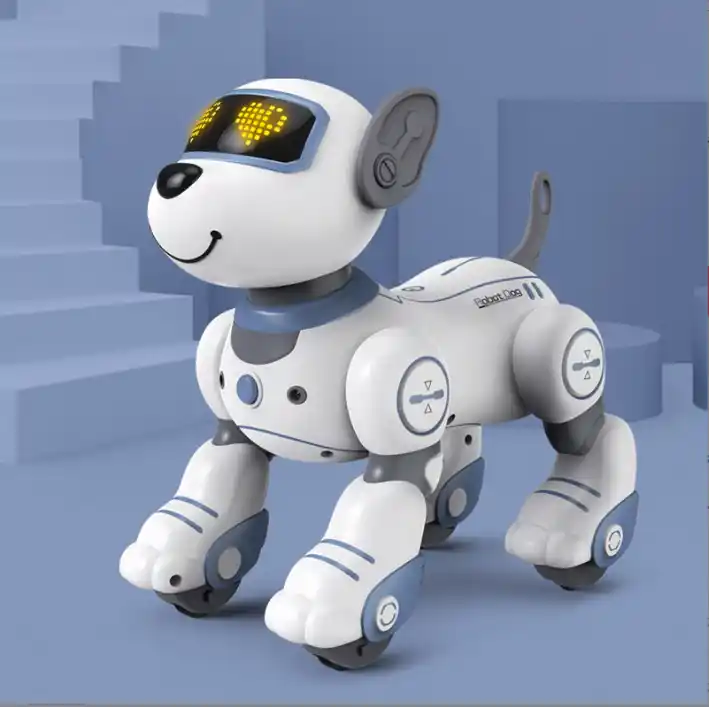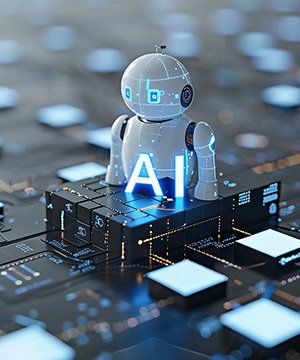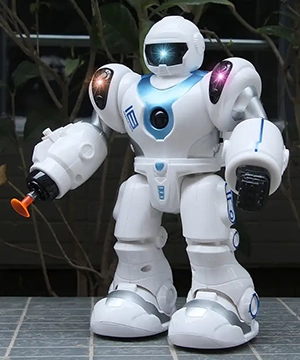Introduction: The New Trend in Education in the Age of Technology

With the rapid advancement of artificial intelligence (AI) and STEM (Science, Technology, Engineering, and Mathematics) education, how to expose children to future-proof skills from an early age has become a key concern for parents and educators. Traditional teaching methods can no longer meet the demands of tomorrow’s society for innovative talent, and the emergence of smart toys has opened up new possibilities for children’s scientific enlightenment.
The combination of STEM and AI not only allows children to learn programming, robotics, data analysis, and other cutting-edge knowledge through play but also nurtures their logical thinking, creativity, and problem-solving abilities. Smart toys are gradually becoming essential tools for cultivating “little scientists,” helping children gain a competitive edge in the wave of technological advancement.
The Integration of STEM and AI: Why Does It Matter?
1. STEM Education Builds Future Competitiveness
STEM education emphasizes interdisciplinary learning, enabling children to acquire scientific knowledge while solving real-world problems. For example, by building a robot, a child can simultaneously understand mechanical structures (engineering), programming logic (technology), the laws of physics (science), and mathematical calculations (math). This integrated approach to learning is far more effective in sparking children’s interest and creativity than single-subject teaching.
2. AI Enhances Education, Making Learning Smarter
The integration of AI technology allows smart toys to adapt to a child’s learning pace and interests. For instance:
- Voice-interactive toys (e.g., AI assistants) can answer children’s scientific questions, stimulating curiosity.
- Programmable robots (e.g., LEGO Mindstorms, Makeblock) enable children to control robot behavior through visual programming, fostering computational thinking.
- AI-powered science kits (e.g., microscopes with AI image recognition) help children analyze biological samples, making scientific exploration more intuitive.
AI not only makes toys “smarter” but also optimizes children’s learning paths through data analysis, making education more efficient.
How Do Smart Toys Cultivate “Little Scientists”?
1. Coding Toys: From Play to Logical Thinking
Coding is a core skill for the future, and smart toys make learning programming fun. Examples include:
- Scratch coding blocks: By dragging and dropping code blocks, children can create animations or games, understanding basic programming logic.
- Sphero robots: Kids can use an app to navigate robots through mazes, learning algorithms and path planning.
- Codey Rocky: Combines hardware and software, allowing children to learn real programming languages like Python while playing.
These toys not only develop logical thinking but also teach patience and problem-solving as children debug their programs.
2. Science Experiment Kits: Hands-On Exploration
Science is more than textbook knowledge—it requires hands-on experimentation. AI-enhanced science kits let children conduct research like real scientists:
- Smart microscopes: Equipped with AI recognition, they can automatically analyze insect or plant cell structures, making biology accessible.
- Chemistry sets: Use augmented reality (AR) to simulate chemical reactions safely while allowing kids to observe molecular movement.
- AI-powered telescopes: Automatically identify constellations and planets, inspiring children to explore the universe.
These experiment kits cultivate observation skills and scientific thinking through interactive learning.
3. Robotics Building: Engineering Meets Creativity
Robotics toys are a perfect example of STEM + AI in action, such as:
- LEGO Mindstorms: Kids can build and program their own robots to perform various tasks.
- UBTECH Alpha Mini: Features AI conversation and dance programming, teaching children about artificial intelligence through interaction.
- Makeblock mBot: An open-source robotics platform that supports learning from basic assembly to advanced programming.
These toys not only develop engineering skills but also inspire creativity, allowing children to design unique smart devices.
The Future of Smart Toys: Personalized and Social Learning
As AI technology evolves, future smart toys will become even more intelligent and personalized:
- Adaptive learning: AI will recommend content based on a child’s interests and abilities, such as suggesting biology experiments for kids who love life sciences.
- Virtual labs: Combined with VR (virtual reality), children can conduct complex experiments like rocket launches or DNA sequencing in a simulated environment.
- Social learning: Smart toys will connect online, enabling kids to collaborate on challenges and develop teamwork skills.
Conclusion: Empowering Every Child to Become an Innovator of Tomorrow
The STEM + AI approach is entering households through smart toys. These toys are not just for entertainment—they are “enlightenment mentors” for nurturing future scientists. In an era of rapid technological advancement, exposing children to STEM and AI early on enhances their competitiveness and fuels their curiosity and passion for exploration.
As parents and educators, we should encourage children to play with “smart” toys, allowing them to learn joyfully and grow through discovery. Because today’s little scientists could be tomorrow’s tech leaders!

